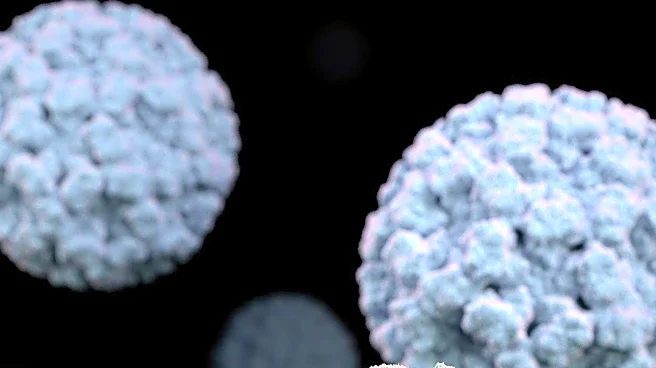What's Happening?
A study conducted on post-mortem brain samples from 183 donors has utilized single-cell multiomic profiling to uncover mechanisms underlying alcohol use disorder (AUD). The research involved genotyping samples using the UK Biobank Axiom Array and imputation with the TOPMed Imputation Server. The study focused on the caudate nucleus, employing single-cell multiome assays to analyze gene expression and chromatin accessibility. The findings highlight differences in cell type abundance and gene expression between individuals with and without AUD, providing insights into the biological processes affected by the disorder.
Why It's Important?
Understanding the mechanisms of AUD is crucial for developing targeted treatments and interventions. The study's findings could lead to improved diagnostic tools and therapeutic strategies by identifying specific cell types and pathways involved in the disorder. This research contributes to the broader field of precision medicine, where individualized treatment plans are based on genetic and molecular profiles. The insights gained from this study may also inform public health policies and prevention programs aimed at reducing the prevalence and impact of AUD.
What's Next?
Future research may focus on validating these findings in larger and more diverse populations to ensure applicability across different demographic groups. Additionally, exploring the potential for developing biomarkers based on the identified mechanisms could enhance early detection and intervention strategies. Collaboration with pharmaceutical companies might lead to the development of new drugs targeting the specific pathways affected in AUD.
Beyond the Headlines
The study raises ethical considerations regarding the use of post-mortem brain samples and the implications of genetic research on privacy and consent. It also highlights the need for interdisciplinary collaboration in addressing complex disorders like AUD, involving fields such as neuroscience, genetics, and public health.











